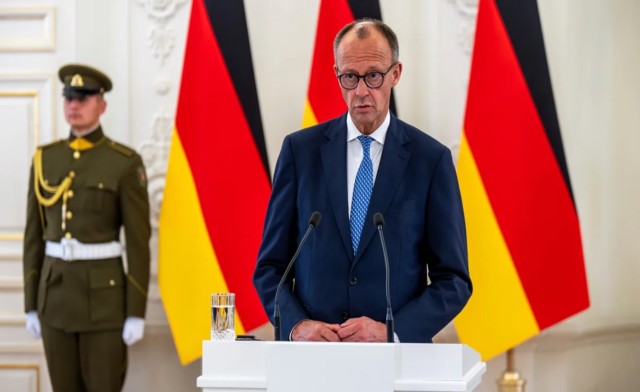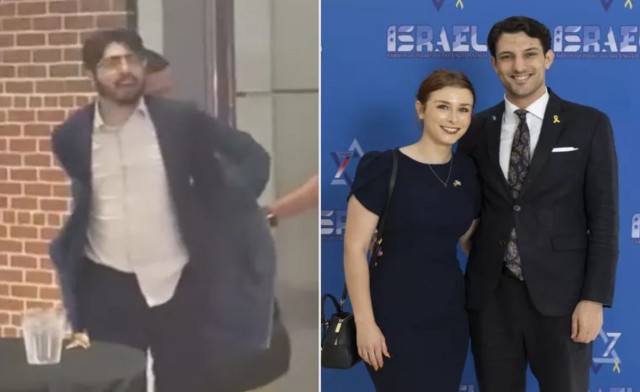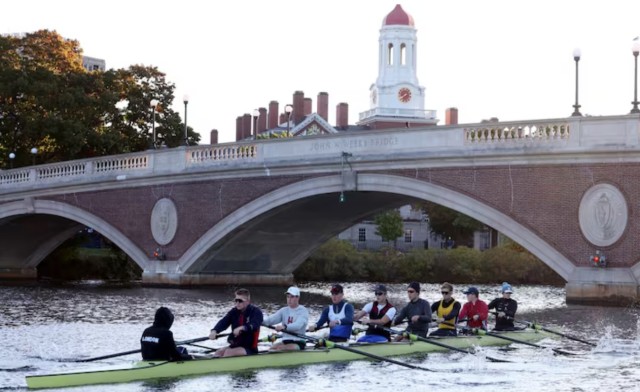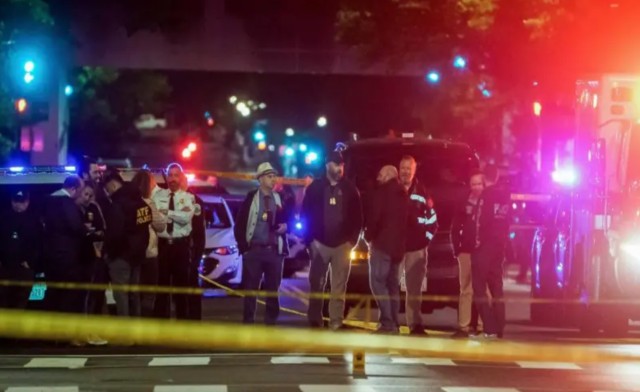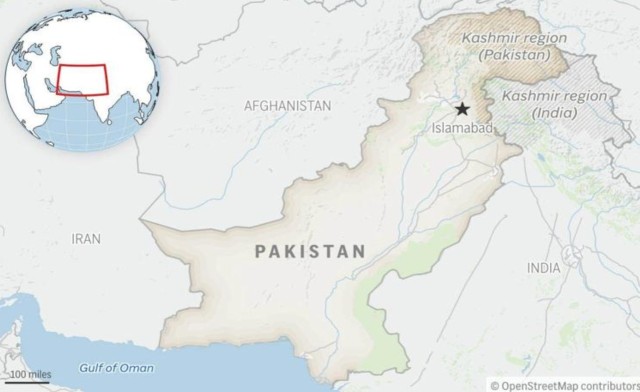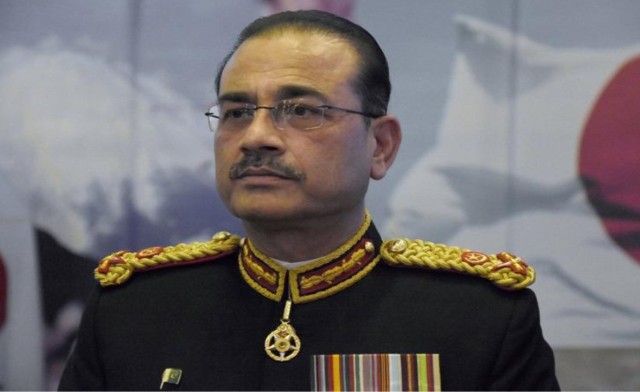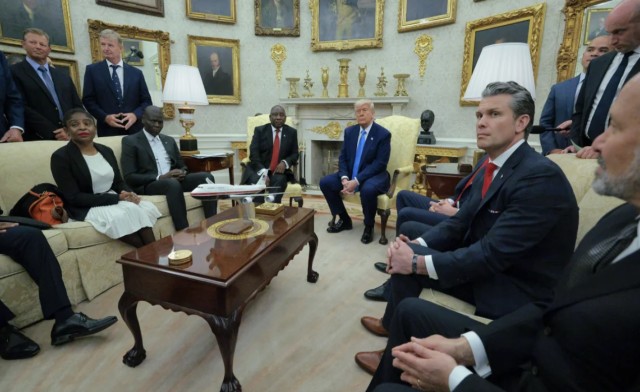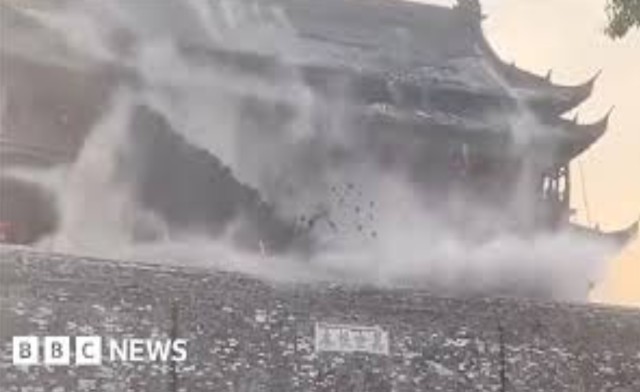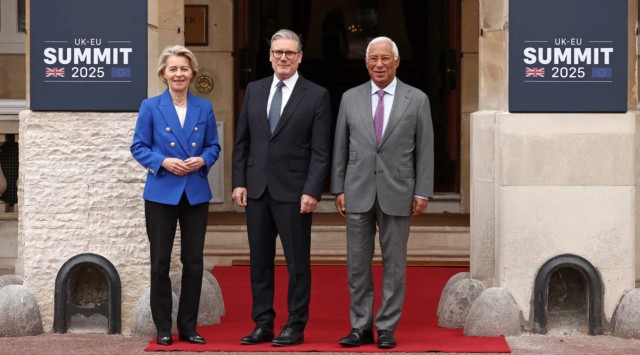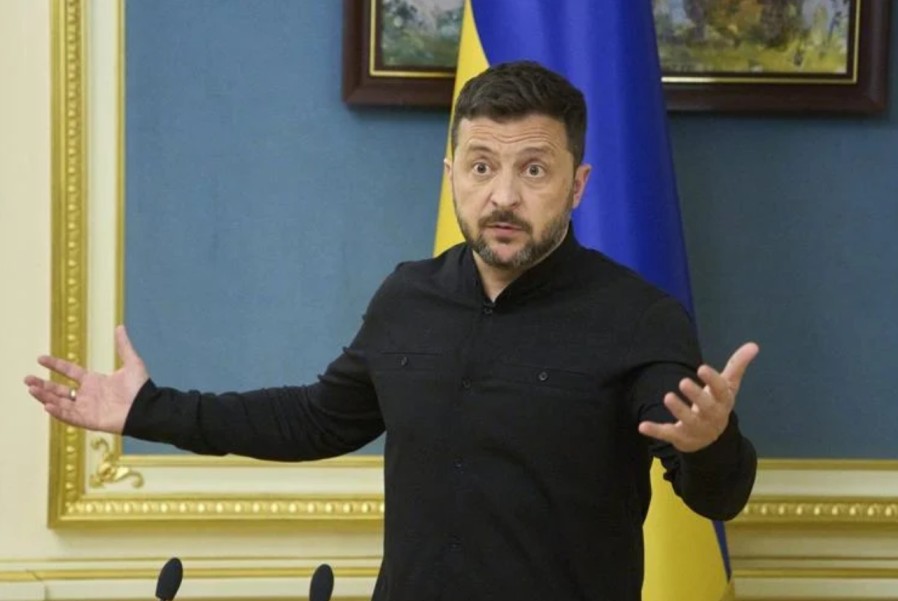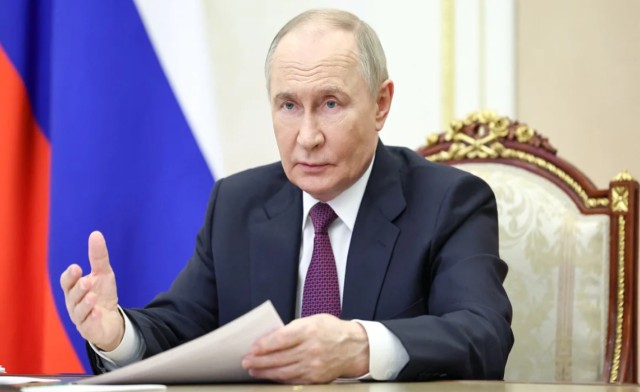
Russia's President Vladimir Putin chairs a meeting in Moscow on May 22 (Getty Images)
Russian President Vladimir Putin has confirmed that his military is creating a “security buffer zone” along the Russia-Ukraine border. The decision aims to protect Russian territory from Ukrainian attacks and stabilize contested border areas.
Putin Confirms Military Operations Along the Border
Speaking on Thursday, Putin announced that Russian armed forces are actively working to suppress Ukrainian firing positions. He emphasized that the buffer zone is a strategic effort to enhance national security.
“Our armed forces are solving this task. Enemy firing points are being actively suppressed,” Putin stated during a government meeting.
Kyiv Labels the Move ‘Aggressive’
Ukraine has strongly criticized Russia’s decision. Ukrainian foreign ministry spokesperson Heorhii Tykhyi called the move “aggressive,” accusing Russia of undermining peace efforts.
“Russia is the obstacle to peace now,” Tykhyi said in response to Putin’s remarks.
Buffer Zone Linked to Broader Restoration Plans
The Russian president said the buffer zone is part of a larger plan to restore destroyed regions near the border. He discussed plans to help displaced residents return and to rebuild essential infrastructure.
“We must help people return… and restore all transport and other infrastructure,” Putin stated.
State media reported that a dedicated meeting will be held to outline these restoration projects in detail.
Renewed Focus After Recent Kursk Visit
Putin’s remarks come just days after he visited Russia’s Kursk region. During the trip, he reportedly spoke with local officials about creating a buffer zone in the Sumy region.
The Institute for the Study of War, a U.S.-based monitor, said a local official requested the zone, prompting Putin to inquire how deep it should be. This visit marked his first trip to the area since claiming full control over it from Ukrainian forces.
Civilian Casualties in Recent Strike
On Thursday, the acting governor of the Kursk region reported that twelve civilians, including two children, were injured in a Ukrainian strike on Lgov town. Several vehicles and buildings were damaged in what officials called a “massive” attack.
The violence underscores the urgency behind Russia’s buffer zone plan, aiming to minimize further civilian impact.
Ukraine's Offensive and Border Control
Ukraine launched an offensive into Russian border areas last August—the first such ground invasion by a foreign power since World War II. Ukrainian forces had maintained control over parts of the region until late April.
Kyiv had hoped to use this territorial control as leverage in future peace negotiations. However, meaningful dialogue stalled until last week.
First Peace Talks in Three Years Bear Fruit
Last week, Turkish diplomats hosted face-to-face talks between Russia and Ukraine. This marked the first direct engagement between the two countries in three years.
A key result of the discussions was an agreement on a major prisoner swap—1,000 detainees from each side.
Prisoner Exchange Set for Friday
On Thursday, Kremlin spokesperson Dmitry Peskov confirmed that Russia had received Ukraine’s proposed list for the exchange.
“Yes, indeed, we have received it now,” Peskov told state media.
Meanwhile, Ukrainian President Volodymyr Zelensky said efforts were underway to verify each individual listed for the swap.
“We are clarifying the details for each person,” Zelensky posted on X. “This agreement is perhaps the only tangible outcome of the Türkiye meeting.” He emphasized Ukraine’s commitment to ensuring the prisoner release is successful.
Russia’s push to establish a buffer zone is reshaping dynamics along the border. While Moscow frames it as a protective measure, Kyiv views it as a threat to peace. As both nations prepare for a significant prisoner exchange, the global community watches closely, hoping this small step can open the door to broader peace talks.


